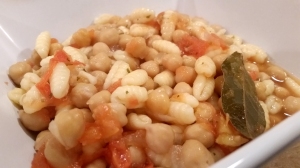Pinot Grigio is one of the most recognized Italian white wines and comes from a mutation of Pinot Noir. The Pinot Grigio is one of Italo Cescon’s oldest wines. Production of the wine began when the family business was founded in 1957. In 2008, Decanter Magazine listed it as a best value white wine. This wine is made from 100% Pinot Grigio grapes, which are harvested during the last week of August. The vinification process includes light pressing with 60% free run-must and fermentation with cultured yeasts over 12 days. The wine is aged in stainless steel tanks for five months and in the bottle for three more months. Italo Cescon’s Pinot Grigio is straw yellow in color and has an intense aroma with lingering fragrances of nutmeg, vanilla, peach, ripe tomato and acacia blossom. It is a dry and crisp wine with hints of orange zest with full flavor and an elegant finish. Pinot Grigio is best served with seafood in a tulip-shaped glass and chilled to about 42 degrees Fahrenheit.

Chardonnay grapes are green-skinned and originated in Burgundy. These grapes are included in many sparkling wines, including champagne. Italo Cescon’s Chardonnay is made from 100% Chardonnay grapes harvested during the last week of August. The grapes are fast chilled before light pressing followed by cool temperature fermentation for about 15 days. The wine is aged in stainless steel tanks for four months and in the bottle for six months. The color is straw yellow with pale green highlights. It has an elegant and delicate aroma with notes of apple and banana. Chardonnay is a full and complex wine with a fresh and fruity taste. Like the Pinot Grigio, it can be paired with fish and served in a tulip-shaped glass at about the same temperature.


